Ivancsó István
„Üdvözlégy, ki kérésünket Isten elé tudod vinni!...” Az Istenszülő Szűz Mária közbenjárói tevékenysége a máriapócsi akathisztosz alapján
Tartalom
TARTALOM: 1. Bevezetés; 2. Közbenjáró vagy közvetítő?; 3. Mária a pócsi akathisztoszban; 3.1. Jézus Krisztushoz irányít; 3.2. Közbenjáró értünk; 3.3. Kegyelmet közvetítő számunkra; 4. Összegzés. István Ivancsó: ‘Rejoice Thou Who Canst Take Our Plea Before God! / Rejoice Thou Who Canst Ensure That God Will Grant Our Prayers!’ – The Intercession of the Theotokos on the Basis of the Máriapócs Akathist The present paper intends to address a single aspect of the text of the peculiar and widely liked service of the Máriapócs Akathist Hymn: the representation of the intermediary role of the Virgin Mary. This is a unique service because it follows the original Byzantine Akathist in its structure. Moreover, it seems appropriate to suggest that it even surpasses the latter in terms of elaboration. In fact, in the Máriapócs Akathist, not only do individual verses begin with consecutive letters of the alphabet but every line in each stanza also starts with the same letter. This service has a particular air of intimacy for Hungarian Greek Catholics as it speaks of the Virgin Mary of Máriapócs. Its content encompasses the entire history of the icon, the pilgrimage site and the related cult and concentrates on the three weeping events (1696, 1715 and 1915). In doing so, it naturally recalls miracles and instances of divine help as well. The Hymn is also fully Hungarian in its form. This is reflected by the verses, rhymes and the structure. At the same time, the study also aims to highlight the Greek Catholic character of the prayer, stressing the fact that it is a service of the Hungarian Greek Catholic Church. Of the rich content of the text, the intercessory activity of the Theotokos is explored in three divisions: 1. Mary directs the faithful to Jesus Christ. 2. The Theotokos intercedes for the believers. 3. Mary conveys grace. Apart from systematic exposition, the method employed involves extensive references to the text of the Akathist itself in an effort to let the actual passages speak for themselves and reveal for what Hungarian Greek Catholics need to thank the Mary of Máriapócs. It is expected that this study will bring all of us closer to Her and will help us increase our respect for Her. It is hoped that this aim will be achieved and the paper will not be seen as a simple addition to the number of existing publications on the Máriapócs Akathist.
